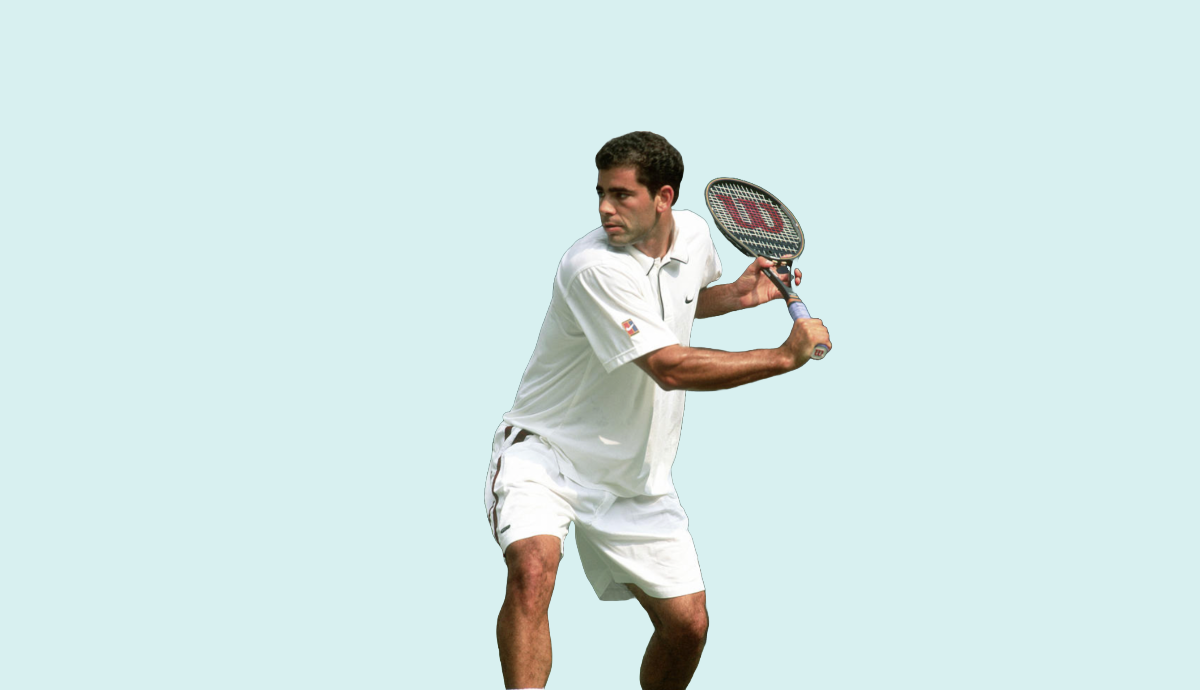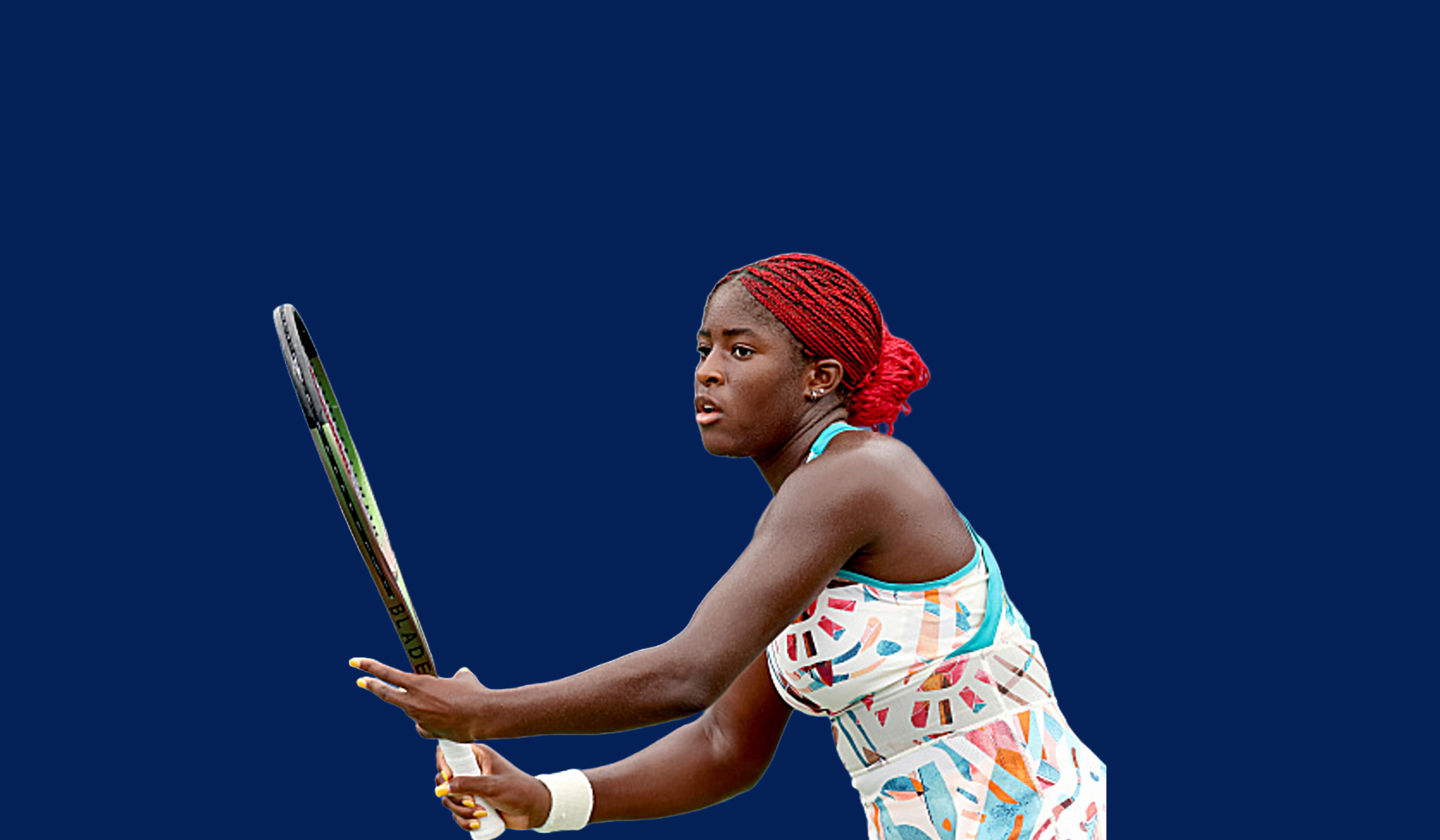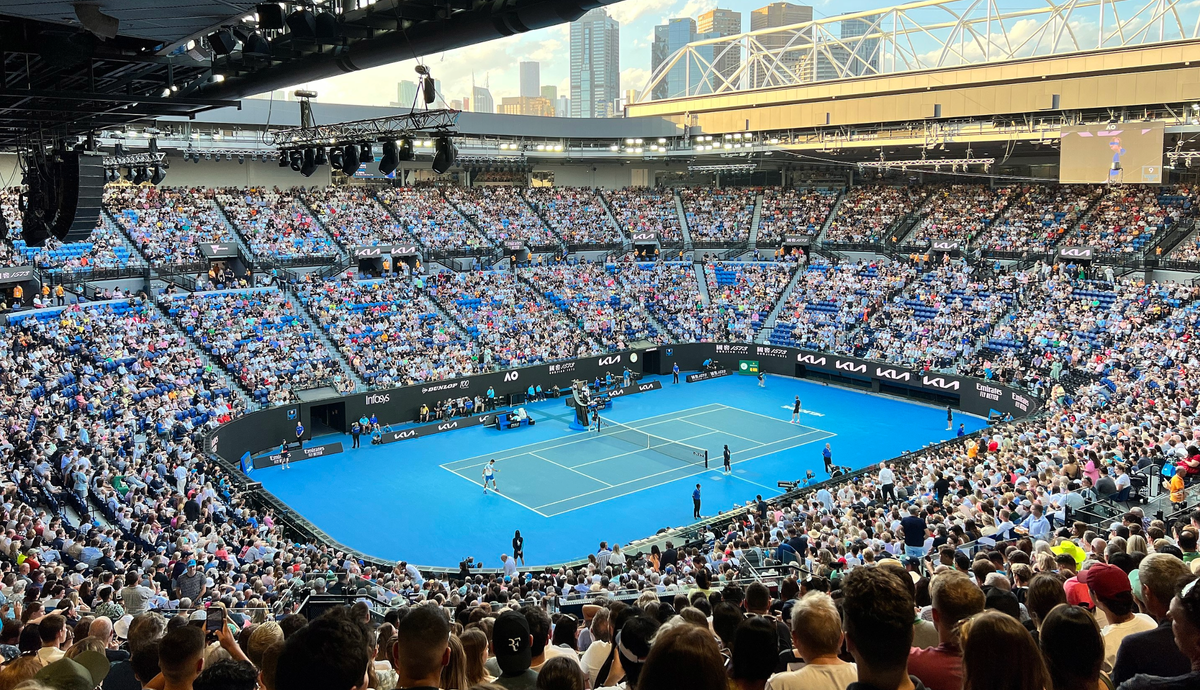In the mid-1980s, when Pete Sampras was barely a teenager pounding away at the Jack Kramer Club, his coach was secretly building a case to convince the Sampras family that young Pete should ditch his two-handed backhand for a one hander. It was a tough sell. Sampras hadn’t really hit his growth spurt yet, and the backhand is what had helped him beat his contemporary junior rivals such as Michael Chang.
But his coach wasn’t concerned with the hard courts of Southern California; he was methodically plotting the future and how to mold Sampras into the next Rod Laver. “That meant winning Wimbledon, and that meant playing well on fast grass courts — something that, up to that point in tennis history, meant playing a one-handed backhand,” Sampras wrote in his memoir, A Champion’s Mind. It took some doing, but the one-hander became the future for Sampras — and the future of his successor, Roger Federer.
In 2024, that future is already here and it may be gone. For the past week, many in the tennis world have been mourning the death of the one-handed backhand: With Stefanos Tsitsipas dropping to number 11 in the ATP rankings, no man or woman with a single-handed backhand is currently inside the top 10 of the professional ranks for the first time since the beginning of the Open Era in 1968.






